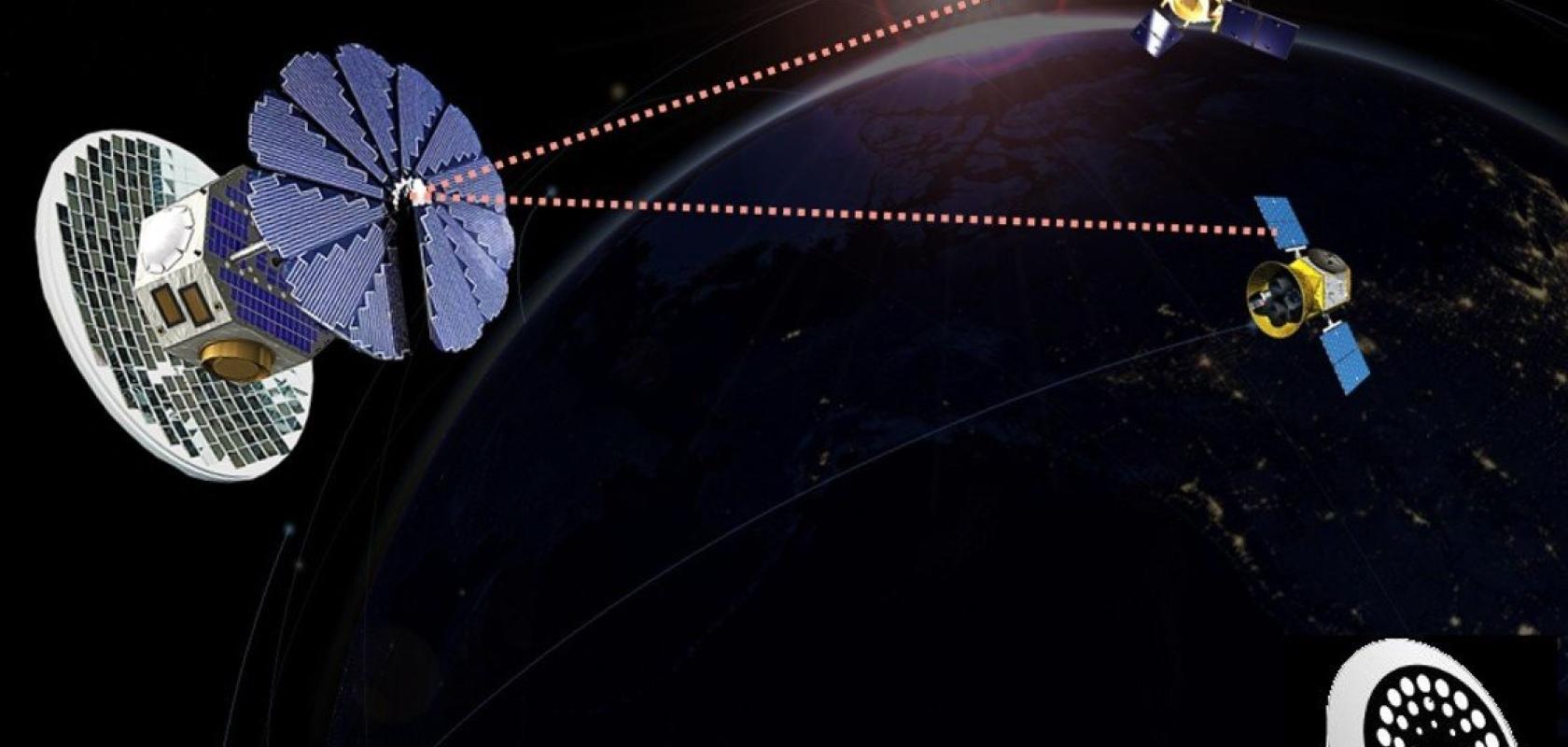A collaborative project is developing laser technology to beam power from satellites under solar illumination to smaller satellites in low Earth orbit (LEO).
Known as ‘wireless laser-based power beaming’, the technology will provide auxiliary power to increase the baseline efficiency of the small satellites during their eclipse period – when they cannot see the sun.
The prototype under development will be the first produced outside of governmental organisations, and is intended for commercialisation as early as 2025.
Without new power technologies that enable small satellites to function all the time, more satellites are needed. This results in more cost, launch emissions and space debris. As humanity finds more ambitious and useful tasks for small satellites, such problems will only continue to grow.
Startup firm Space Power has therefore made it its long term goal to create a global in-orbit wireless power grid in LEO.
The firm will integrate the new laser technology under development as a plug-and-play system for satellite manufacturers to include in their offering to their LEO constellation customers.
The laser technology is being developed using highly specialised optical systems at the laser laboratories of the University of Surrey’s Department of Physics and Advanced Technology Institute, which are collaborating with Space Power to develop the power beaming prototype.
Stephen Sweeney, a physics professor at the University of Surrey, said: 'The University of Surrey has a long track record in photonics and space research and brings unique expertise in both high power lasers and photovoltaics technologies. We have many years of experience in optical wireless power and are delighted to work with Space Power to help develop such technologies for space-based applications.’
The work follows an initial feasibility study by Space Power and the University of Surrey on laser transmission funded through the SME Innovation Voucher scheme. Now the team will investigate and verify the efficiency benefits of laser-based power beaming, develop the new technology, and obtain data to enable them to design a prototype for small satellites in space.
The collaborative project is part of the UK’s £7.4 million SPRINT (SPace Research and Innovation Network for Technology) programme. SPRINT aims to provide unprecedented access to university space expertise and facilities and helps businesses through the commercial exploitation of space data and technologies.
'The SPRINT project is an important development from our feasibility study with the University of Surrey that enables us to approach customers with confidence and demonstrate the improved efficiencies available by using auxiliary power systems,’ said Keval Dattani, director of Space Power. ‘By focusing on light optics and power beaming, we are looking to increase small satellite operating efficiencies by a factor of between 2-5 times.
'We have seen the benefits of powering satellites by laser which enables smaller satellites, simpler systems and fewer resources – whilst performing more work to help us understand our planet better. For us, this is a neat solution with long term benefits, not least for lunar outposts and asteroid mining but back here on earth too.'


